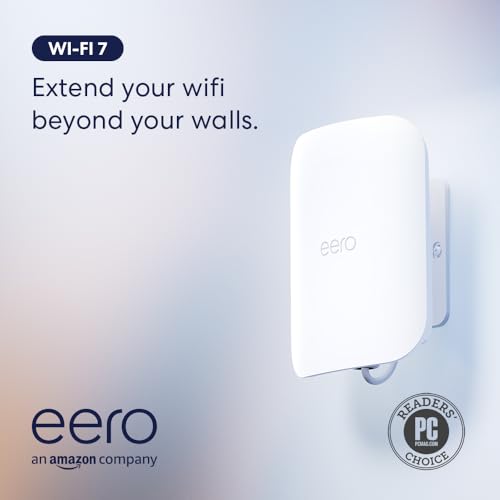
Comparing Wireless Routers and Mesh Network Systems
When considering options for home internet connectivity, one of the key decisions is choosing between standard wireless routers and mesh network systems. Each of these technologies has unique attributes that cater to different needs and environments. Your ISP or Internet Service Provider, ususally provides their equipment you rent from them per month. This is usually typically good for starting out. However, if you want to own your equipment, instead of “leasing” theirs, then traditional wireless routers are designed to broadcast a signal from a single access point, typically covering a specified area efficiently. However, the coverage can be limited, especially in larger homes or in layouts with multiple obstacles, such as walls or floors. This often results in dead zones where the signal is weak or completely absent.
In contrast, mesh network systems consist of multiple units working collaboratively to create a seamless network across a larger area. Think of it like this: You have a big yard, and you want to be able to water your yard efficiently. So, your modem is your “faucet” and your router is your “sprinkler”. If you have a small yard, one sprinkler should cover it. However, if you have a big yard, with odd, shaped areas, you want to get more sprinklers. (Mesh Network). Traditional routers (aka Sprinklers), which rely on one central device, mesh networks utilize multiple nodes strategically placed throughout the home, like cell phone towers. These nodes communicate with each other to ensure a strong and consistent signal in all corners of the house. This is particularly beneficial for larger homes or those with complex layouts, where obstacles can impede traditional wifi signals.
The performance of these two systems can also differ significantly. While standard routers may suffice for basic internet needs, such as browsing or streaming on a few devices, mesh networks excel in environments with numerous devices connected simultaneously. This capability makes them an optimal choice for households with high internet usage demands, especially during peak times. Moreover, mesh networks often come equipped with advanced bandwidth management features, ensuring that each connected device receives adequate internet speed according to its needs.
Ultimately, the decision between a wireless router and a mesh network system will depend on individual factors such as home size, layout, and internet usage patterns. Understanding these differences can help users make an informed choice tailored to their specific connectivity needs.
Determining the Best Internet Service for Your Needs
The selection of an appropriate internet service is critical in ensuring a seamless online experience. To begin, it is essential to evaluate your internet speed requirements. Different activities demand varying bandwidths; for instance, streaming high-definition content typically necessitates at least 25 Mbps, while online gaming may require even more to ensure a lag-free experience. Wireless cameras like Ring, Blink and Google Nest typically require 2 Mbps or more per camera. Therefore, identifying your primary internet activities will guide you in determining the necessary speed.
Next, analyzing your usage patterns is vital. Consider the number of connected devices in your home and the types of activities each device will support. Do you have kids that game? Do you work remotely from home? Do you and your family stream YouTube, Netflix, Prime Video, or others? For households with multiple users engaging in heavy usage—such as streaming, video conferencing, or online gaming—cable or fiber-optic internet service may be the best fit. In contrast, if your needs are more basic, such as web browsing or checking emails, DSL or even a slower wireless network may suffice.
Budget considerations also play a significant role in choosing the right internet service provider (ISP). Typically, monthly costs can vary widely based on the technology and speed selected. It is prudent to compare ISPs not only on price but also on the contract terms, installation fees, and any potential hidden costs. Understanding the full scope of pricing will prevent unexpected expenses down the line.
Physical constraints of your living space may also dictate your choice of internet technology. For instance, satellite internet can be an excellent option for rural areas lacking cable infrastructure, while urban settings may have access to various high-speed fiber options. Thorough research on local ISPs, along with reviews regarding service reliability and customer support, will empower your decision-making process. Ultimately, identifying your specific needs and preferences will lead to optimal internet performance tailored to your lifestyle.
If you want more information on the types of internet service providers, and their websites, check out my ISP Internet Service Providers Article. Below, are a few options for some Wireless Routers, and the Mesh Network Systems that I like to set up and use.
Routers:
Mesh Network Systems:











